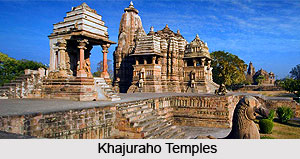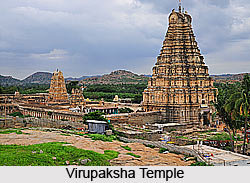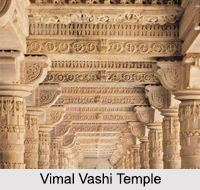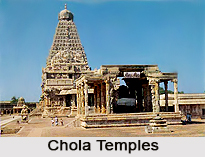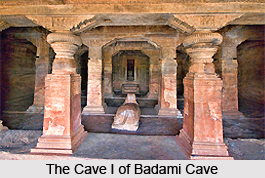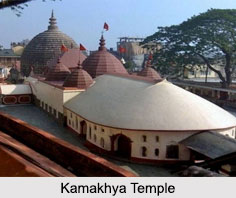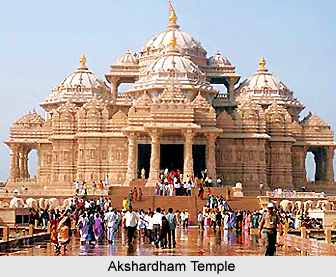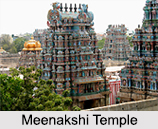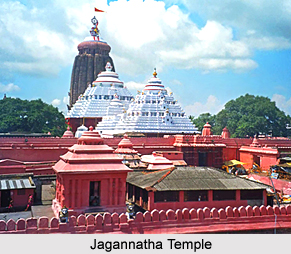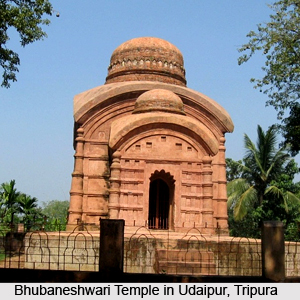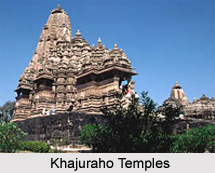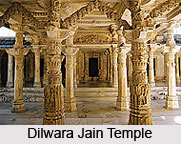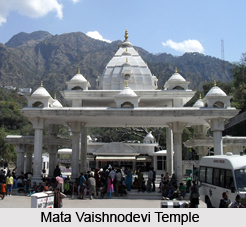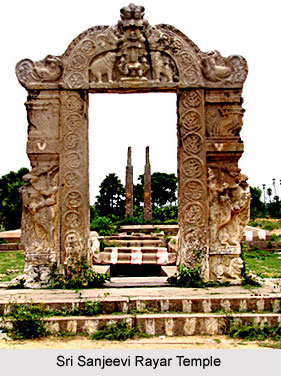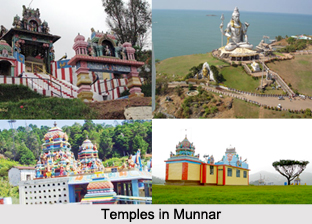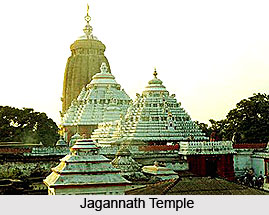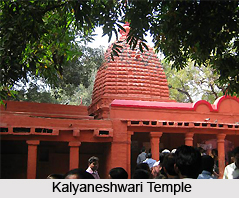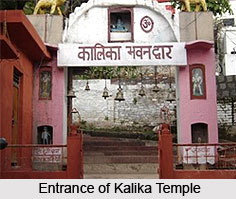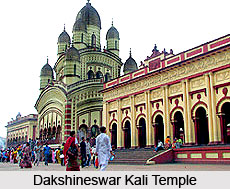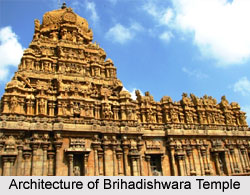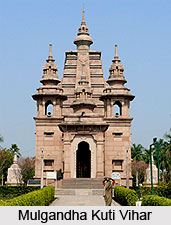 Sarnath, in Uttar Pradesh is a place of historical interest. It is the place where Lord Buddha first preached his message after he attained nirvana. Mentioning this place also worth something else. In addition to this, Sarnath also houses the Mulgandha Kuti Vihar located near the Asoka Pillar.
Sarnath, in Uttar Pradesh is a place of historical interest. It is the place where Lord Buddha first preached his message after he attained nirvana. Mentioning this place also worth something else. In addition to this, Sarnath also houses the Mulgandha Kuti Vihar located near the Asoka Pillar.
History of temple and god
In the year 1931, the Maha Bodhi society built this modern temple at Sarnath, Uttar Pradesh, which is famous for its Murals and Frescoes.
Architecture of the Temple
The Mulgandha Kuti Vihar is apparently different from the traditional architectural designs. This is distinct from any Buddhist Architectural pattern as chalk and cheese. This temple houses the beautiful murals and frescoes. Kosetsu Nosu, Japan`s foremost painter, made these colorful frescoes. These beautiful and enchanting murals and frescoes have rich repositories of the Buddhist literature. Frescoes are displayed in the interior of Mulgandha and the Murals decorate the exterior. The walls and pillars exhibit these frescoes and murals.
Apart from all these, there is a huge bell in the entrance of the Vihar. The royal scions of Japan have gifted this bronze bell. There is also a life-size golden image of Buddha in the sanctum. Other displays include the Bodhi tree, whose sapling was brought from Sri Lanka. This Bodhi tree originated from the original tree under which Buddha sat in Bodh Gaya and gained enlightenment 2500 years ago.
How to reach
Interested people may reach the temple by richshaws, autos or cabs. The temple remains open from sunrise to sunset throughout the year.
